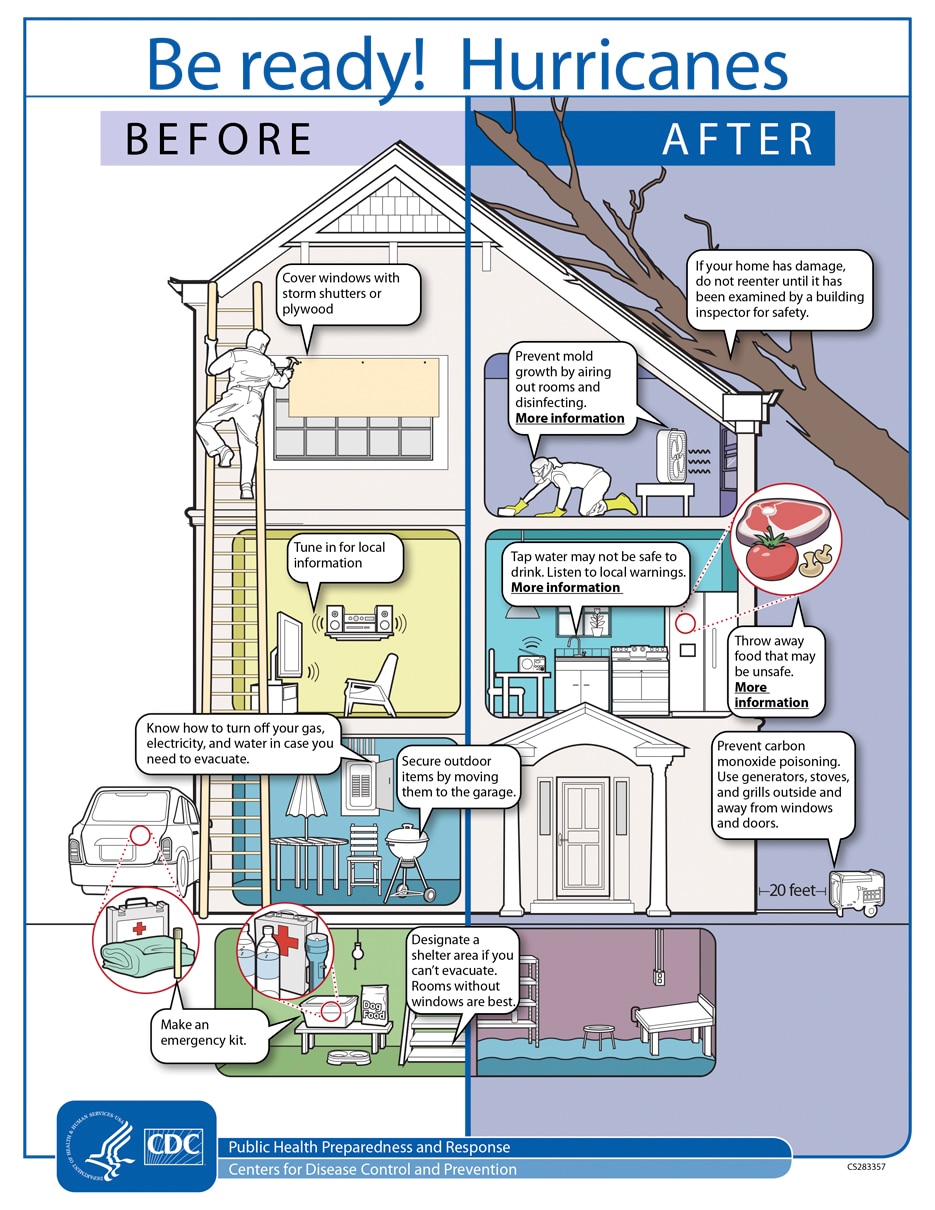Discovering The Scientific Basis Of Mold And Mildew Development After Water Damages
Discovering The Scientific Basis Of Mold And Mildew Development After Water Damages
Blog Article
Web Content Composed By-Behrens Munch
So, you've managed water damages in your home, but have you ever wondered what really occurs behind the scenes that leads to mold development? Understanding the scientific procedures at play can be crucial in tackling this issue properly. From the preliminary impact of water on surfaces to the role of wetness in mold advancement, there are intricate devices that establish the stage for mold to flourish post-water damages. Stay tuned to reveal the remarkable science behind mold and mildew growth after water damages and just how you can battle it.
## Influence of Water Exposure on Surface Areas
When water penetrates surfaces, it launches a collection of chemical reactions that pave the way for mold development. This intrusion creates a damp environment where mold and mildew spores, which are always present in the air, can prosper. The moisture functions as a stimulant, activating inactive mold spores to sprout and start the growth procedure. When turned on, these spores feed upon natural materials present in the affected area, such as wood, drywall, or textile, breaking them down to sustain their growth.
The impact of water direct exposure on surfaces is profound. Not just does it offer the needed problems for mold and mildew to prosper, however it also weakens the structural stability of the products it infiltrates. As PuroClean NY roof leak and mildew nests expand and spread, they can create substantial damages to the surface areas they live in. This damage can compromise the safety and security of the damaged structure and may need extensive repair services to remedy. As a result, addressing water damage promptly and properly is important in preventing mold growth and maintaining the honesty of the damaged surfaces.
## Function of Wetness in Mold And Mildew Growth
Dampness plays a critical role in promoting mold and mildew advancement, creating a setting conducive to spore germination and development. When PuroClean of Nanuet water restoration companies happens, the excess dampness offers a breeding ground for mold and mildew to prosper.
Mold and mildew spores, which are present all over in the environment, require wetness to activate and start the growth process. When these spores come across a moist or wet area, they soak up the moisture and begin to increase rapidly. The existence of moisture not only initiates the germination of spores yet also supports the growth of mold hyphae, the branching filaments that create the main body of the mold and mildew.
These hyphae spread and launch even more spores, additionally infecting the area. For https://zenwriting.net/eusebio575leone/valuable-insights-on-water-damage-reconstruction-techniques-by-experts , managing wetness levels is important in stopping mold and mildew development after water damage. Proper drying methods and moisture control measures are essential to prevent mold and mildew growth and protect your indoor environment from mold-related issues.
## Environmental Elements Affecting Mold Growth
To understand mold growth after water damage, it's necessary to think about the numerous environmental factors that influence the spreading of mold swarms.
Temperature plays a significant function in mold growth, with a lot of molds growing in temperatures between 77-86 ° F (25-30 ° C).
High moisture levels above 60% create a helpful atmosphere for mold and mildew spores to sprout and spread quickly.
Poor air flow aggravates the problem by trapping dampness inside your home, giving a suitable setting for mold growth.
Additionally, darkness advertises mold expansion, making concealed or enclosed areas a lot more vulnerable to problems.
Air flow and air high quality are important in mold and mildew avoidance, as stationary air can bring about moisture build-up and create beneficial problems for mold and mildew to thrive.
Exterior factors like distance to bodies of water or damp soil can likewise influence interior mold and mildew growth through enhanced moisture degrees.
## Final thought
So, to sum it up, when water leaks right into surfaces, it creates an ideal breeding place for mold and mildew to expand and spread.
By managing dampness levels and making sure proper ventilation, you can protect against mold and mildew from creating additional damages to your residential or commercial property.
Keep in mind, staying aggressive in handling water damage is crucial to keeping mold and mildew at bay and preserving a risk-free living setting.